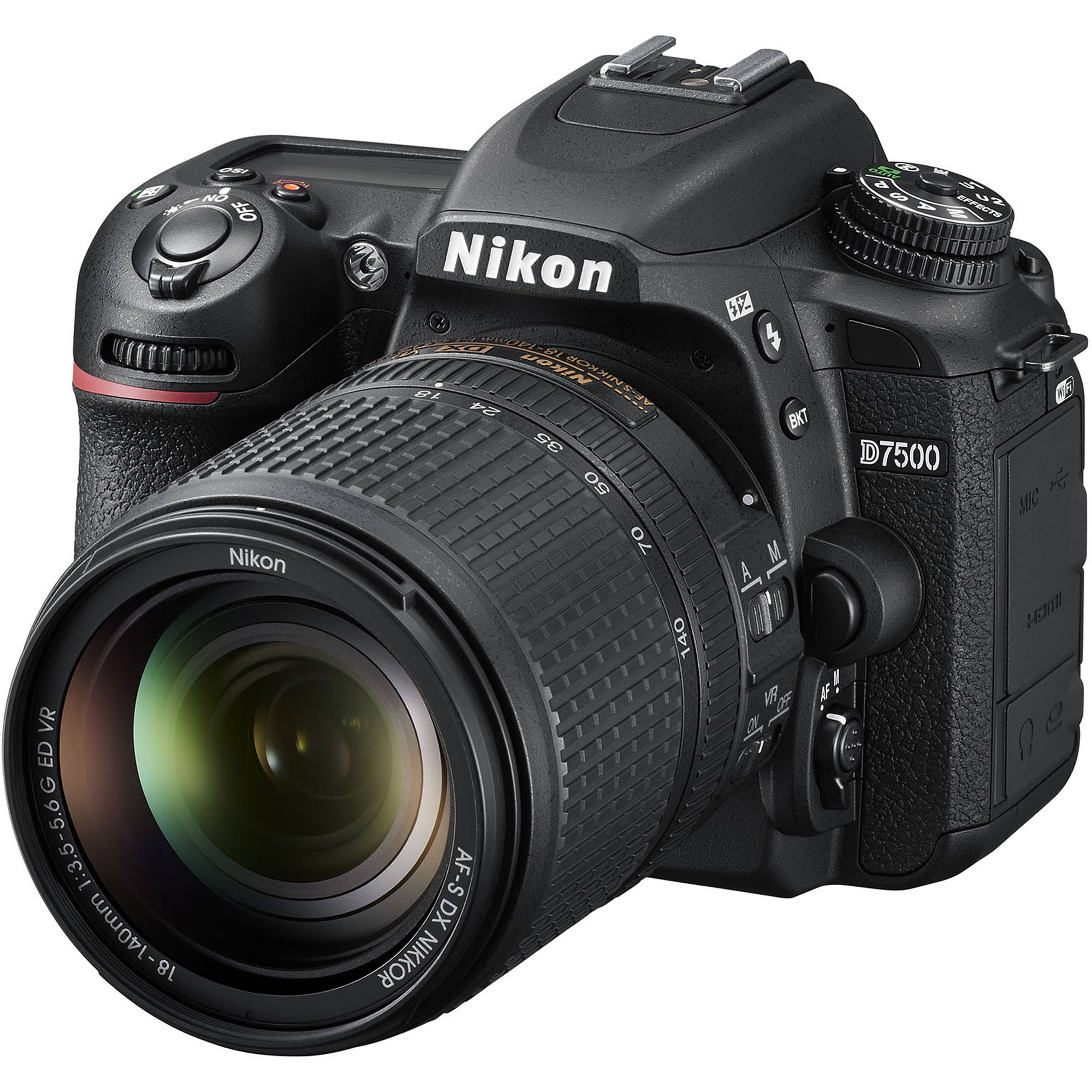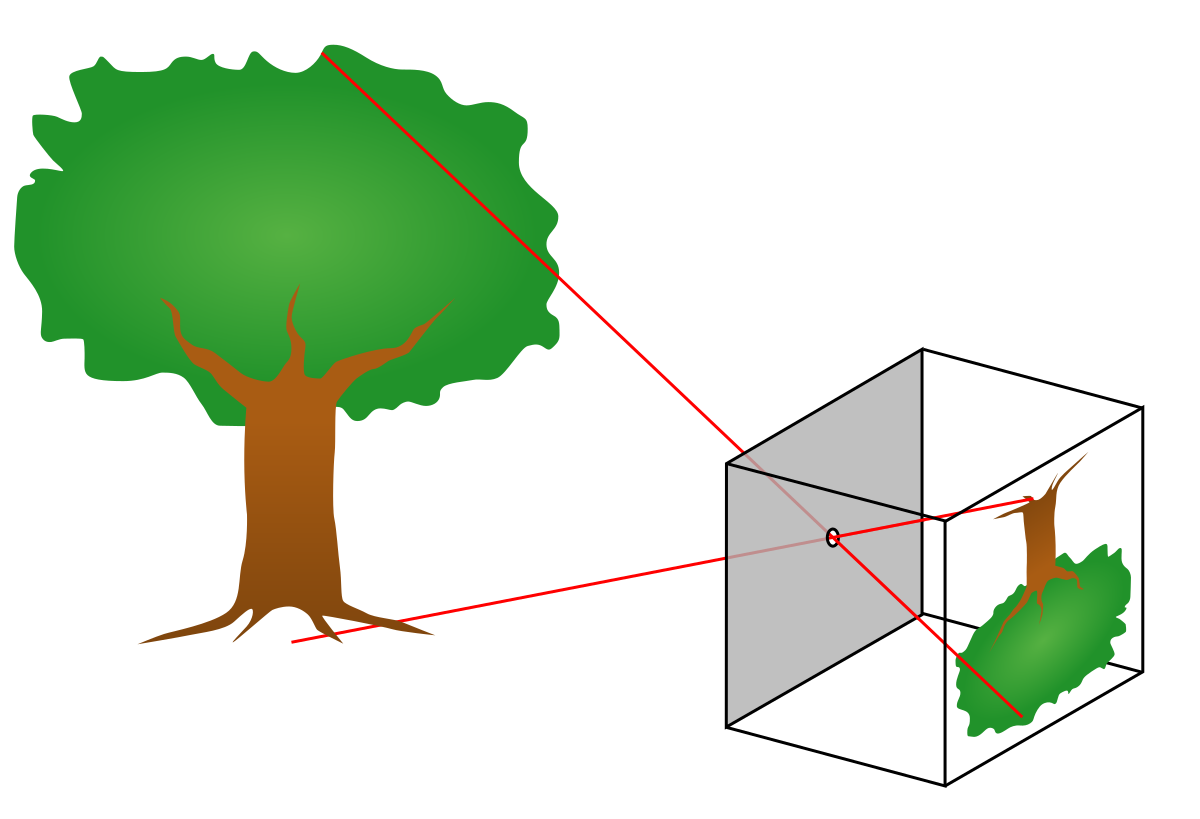"Camera". Means a dark room. Today camera watches us everywhere. Nearly 2000 pictures are uploaded every second in face book. How the camera came into being? How people struggled to record an image? Let us flip the pages of history.
Take a 'light tight' box and make pinhole at the center of one-face of the box. Fix some transparent sheet opposite to the pin hole. Light passes through the hole in straight lines and make a inverted image of the outside scenery. That was first camera made. Next lens came. Even today, there is no replacement for lens.
Storing the image was great task then. People tried Bitumen with some success. Silver salts came to their rescue. Silver salts are darkened by light. This principle was used for a long time. Next plastic film with silver halide coating. The negative-positive technology helped to produce many copies of the photographs. The film role made cameras cheaper and it reached masses.
Next digital revolution. The image was recorded electronically as 0s and 1 s(digital). Now storing and transmitting become easy. LCD,LED,OLED screens made the display easier and sharper. Now there is no stopping.
Everywhere it says, "smile, you are on camera". Crimes are coming down. The pictures are taken as secondary evidence in court.
Today, main feature of the smart phone is camera. So you need not go for a camera unless you are a professional photographer.
Some time ago, a instant camera which developed film with in a minute was used widely. It is called Polaroid camera. But it has nothing to do with physics principle polarization. It is 'discovered' by man called Polaroid. Later he 'covered' it. That is, he withdrew the camera without telling the world what the 'instant process' is.
Some photographs which shook the world is given here. Lady Diana is said to be he most photographed woman in the world.
Thanks to photography, we can cherish some moments and memories.
----------------------------------------------------------------------------------------------

